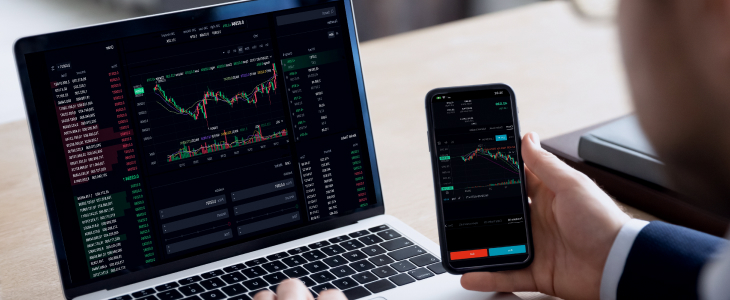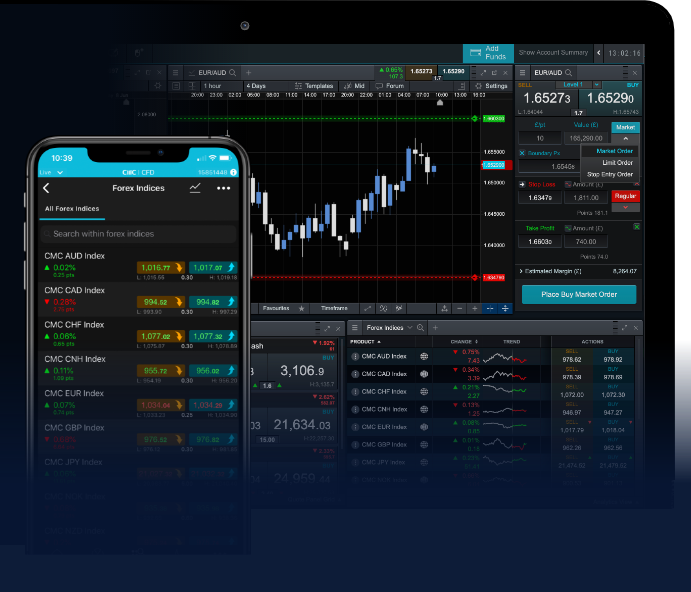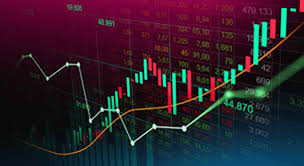
Mastering Forex Trading: A Comprehensive Training Guide
Forex trading is an exciting financial market that offers vast opportunities for profit, but it requires knowledge, skill, and discipline to succeed. Whether you are a novice or an experienced trader, continuous education and training are essential. In this guide, we will delve into the fundamentals of Forex trading, effective strategies, and essential concepts to help you navigate the forex market successfully. For traders in Latin America, utilizing resources like forex trading training Brokers Argentina can provide invaluable support and assistance.
What is Forex Trading?
Forex, or foreign exchange, is the process of trading one currency for another with the aim of making a profit. This market operates 24 hours a day, five days a week, and is the largest and most liquid financial market in the world. Unlike stock markets, which have specific trading hours, Forex operates continuously, providing ample opportunities for traders. The currencies are traded in pairs, such as EUR/USD or GBP/JPY, where the first currency is the base currency, and the second is the quote currency.
The Importance of Education in Forex Trading
One of the critical factors for success in Forex trading is education. Understanding the mechanics of the market, technical and fundamental analysis, and trading psychology can significantly impact your trading performance. Many traders jump into Forex without proper training, leading to costly mistakes. Investing time and effort into learning can help minimize risks and improve your chances of success.
Basic Terminology in Forex Trading
Before diving into trading strategies, it is essential to familiarize yourself with some basic terminology used in Forex trading:
- Pip: The smallest price movement in a currency pair. It is usually equal to 0.0001 for most pairs.
- Lot: A unit of measurement for the size of a trade. A standard lot is 100,000 units of the base currency.
- Leverage: A financial tool that allows traders to control larger positions than their initial investment.
- Spread: The difference between the buying and selling price of a currency pair.

Types of Forex Analysis
Successful Forex trading relies heavily on analysis. There are three main types of analysis used by traders:
1. Fundamental Analysis
Fundamental analysis focuses on economic indicators, interest rates, and geopolitical events that can impact currency values. Understanding these factors can help traders make informed decisions about market direction.
2. Technical Analysis
Technical analysis involves the use of charts, patterns, and technical indicators to predict future price movements. Traders utilize various tools to analyze trends and identify potential entry and exit points.
3. Sentiment Analysis
Sentiment analysis gauges the overall attitude of market participants toward a particular currency or the market as a whole. This approach considers news articles, social media, and trader sentiment to determine the dominant trend.
Developing Your Trading Strategy

Having a solid trading strategy is essential for success in Forex trading. Here are steps to develop an effective strategy:
- Define Your Goals: Determine what you want to achieve with Forex trading, and set realistic goals based on your risk tolerance and available time.
- Choose Your Trading Style: Decide whether you want to be a day trader, swing trader, or position trader. Each style has its advantages and disadvantages.
- Select Technical Tools: Incorporate technical indicators and tools that resonate with your trading style, such as moving averages, RSI, or MACD.
- Backtest Your Strategy: Test your strategy on past data to evaluate its effectiveness before trading with real money.
- Keep a Trading Journal: Document your trades, decisions, and emotions to learn from your mistakes and successes over time.
Risk Management in Forex Trading
Risk management is crucial to protect your trading capital and minimize losses. Here are some key risk management strategies:
- Use Stop-Loss Orders: Set stop-loss orders to automatically close a position if the market moves against you.
- Risk Only What You Can Afford to Lose: Never risk more than a small percentage of your trading capital on a single trade.
- Diversify Your Portfolio: Avoid putting all your funds into one currency pair; diversify across different pairs to spread risk.
- Stick to Your Plan: Avoid emotional trading and stick to your trading plan, even if the market becomes volatile.
Tools and Resources for Forex Traders
To enhance your Forex trading experience, consider utilizing various tools and resources:
- Trading Platforms: Use reputable trading platforms that provide essential features like charts, analysis tools, and fast execution.
- News Websites: Stay informed about economic events and news that can influence currency markets (e.g., Bloomberg, Reuters).
- Educational Courses and Webinars: Participate in trading courses and webinars to learn from experienced traders.
- Trading Simulators: Practice your skills with demo accounts or trading simulators before risking real money.
Conclusion
Forex trading can be both rewarding and challenging. With a solid education, a well-defined trading strategy, effective risk management, and continuous learning, traders can improve their chances of success in the dynamic forex market. Remember that consistency and discipline are crucial, and always stay updated on market changes. By incorporating these principles, you can embark on your forex trading journey with confidence.
